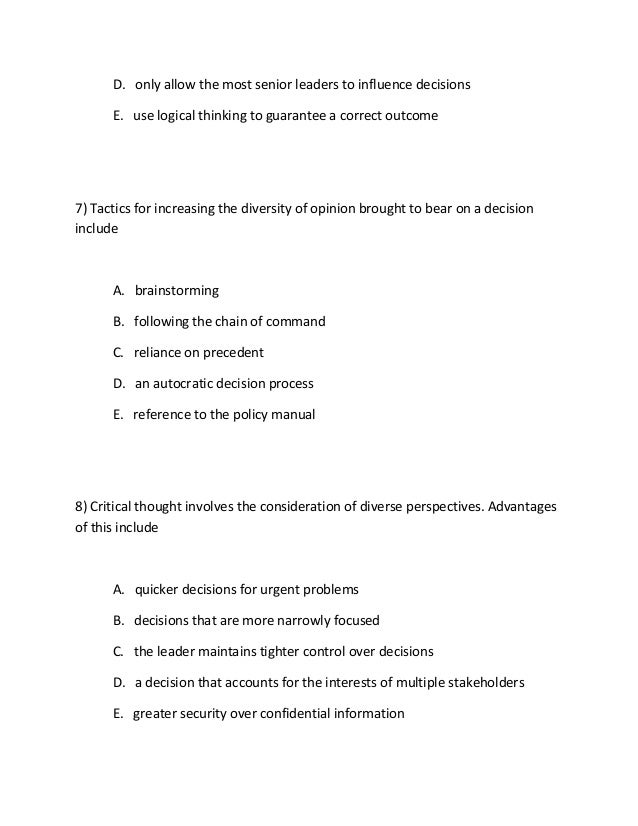The Tools And Techniques Of Judicial Creativity And Precedent
JUDICIAL ACTIVISM AND JUDICIAL CREATIVITY OF THE SUPREME COURT IN CONSTITUTIONAL INTERPRETATION INTRODUCTION In democratic countries the judiciary is given a place of great significance. The courts perform the key role of expounding the provisions of the Constitution. Dell windows 7 pc.
The courts act as the supreme interpreter, protector and guardian of the supremacy of the Constitution. The judiciary has to perform an important role in the interpretation and enforcement of human rights inscribed in the fundamental law of the country.
Therefore, it is necessary to consider what should be the approach of the judiciary in the matter of constitutional interpretation. The judiciary has to devise a pragmatic wisdom to adopt a creative and purposive approach in the interpretation of various rights embodied in the Constitution. The task of interpreting the constitution is a highly creative judicial function which must be in tune with the constitutional philosophy. A democratic society lives and swears by certain values such as individual liberty, human dignity, rule of law, constitutionalism etc.
The Tools And Techniques Of Judicial Creativity And Precedent
Judicial creativity is basis of judges Introduction. This essay will argue that judicial creativity is the basis of judges' practice of the common law (‘judge made law') and also has an influence on enforcing positive law enacted by Parliament. Such excesses ought to be prevented or minimized through judicial self. On Judicial Creativity,Tools and Techniques of Judicial Creativity and Precedent. A2 Level Law Judicial Creativity Presentations 1. Doctrine of precedent - Duration. SECRETS to clear Judicial Services Exam ASAP!
And it is the duty of the judiciary to so interpret the constitution and the law as to constantly inculcate these values on which democracy thrives. The predominant positivist approach of interpretation followed by the Indian Judiciary emanates from the basic traditional theory that a judge does not create law but merely declares the law. The Indian judiciary underwent a sea change in terms of discarding its traditional approach by charting out a new horizon of dynamic concept of judicial activism with many facets and dimensions which paved way for the activist liberal judicial approach to Constitutional interpretation. This paper attempts to trace out the evolution of judicial activism in India and the pro-active role played by the higher judiciary in applying judicial creativity for interpretation of the Constitution. MEANING OF JUDICIAL ACTIVISM The term judicial activism has acquired multifarious meanings and there is no explicit statutory definition. Etymologically speaking judicial activism is the progressive judicial thinking wherein the court involves in developing a creative thought process to display the pulsating initiative of the judiciary which represents its active role in promoting justice. The expression judicial activism has eluded a precise definition as it mean different things to different people.

It might mean dynamism to the Judges, judicial creativity to some, judicial legislations to some others, while there may be some who view it as a tool for social engineering. In simple words it can be said that it is an active role on the part of the judiciary to implement the provisions contain in Part III of the Constitution. The Hon’ble Supreme Court of India in many of its landmark judgments [1] held that judicial activism is the active process of implementation of the rule of law, essential for the preservation of a functional democracy and justice to individual or group of individuals or to the society in general is ensured through the active role of judiciary. According to Justice P.N.Bhagwati judicial activism is: “The Indian judiciary has adopted an activist goal oriented approach in the matter of interpretation of fundamental rights. The judiciary has expanded the frontiers of fundamental rights and the process rewritten some part of the Constitution through a variety of techniques of judicial activism.